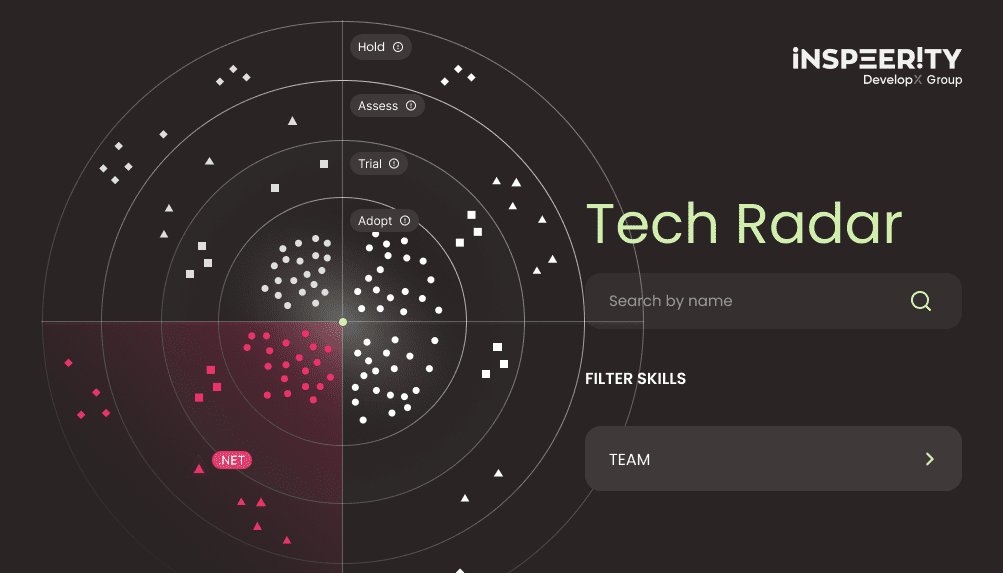These technologies have the power to improve energy management and optimize grid performance. They can also create new revenue streams. This article explores the trends, initiatives, and role of software development in V2G and V2X.
Understanding V2G and V2X
Vehicle-to-Grid (V2G): This is where EVs interact with the power grid. EVs can provide stored energy from their batteries to the grid when demand is high. This helps stabilize the grid and acts as an additional energy source.
Vehicle-to-Everything (V2X): This expands on V2G. EVs can communicate with other vehicles (V2V), infrastructure (V2I), and even pedestrians (V2P). This creates a connected ecosystem where transportation and energy infrastructures work together.
The market in V2X is set to grow
In 2023, the V2X market valuation was around USD 0.5 billion, and it’s expected to surge to USD 9.5 billion by 2030, fueled by a CAGR of 51.9%. This growth is largely driven by increasing demand for connected and autonomous vehicles and advancements in 5G technology
Trends in V2G and V2X
Several key trends are influencing the development of V2G and V2X technologies. These trends shape how these technologies evolve and integrate into different systems. Let’s explore some of the most important trends driving V2G and V2X forward.
- Advancements in Battery Technology: EV batteries are becoming more efficient and longer-lasting. New technologies like solid-state batteries offer higher energy densities and faster charging times. This makes using EVs as reliable energy sources more feasible.
- Enhanced Grid Communication Protocols: more specifically, The Open Automated Demand Response (OpenADR) protocol. This is key for V2G. It allows automated signals between the grid and EVs for real-time energy management.
- Integration with Smart Grids: smart grids use IoT devices and advanced analytics to manage energy from multiple EVs. Real-time data analytics help predict energy supply and demand. This real-time data helps optimize EV charging and discharging cycles.
- Blockchain for Energy Transactions: Blockchain ensures secure and transparent energy transactions. It provides a record of energy contributions and consumption, enabling peer-to-peer energy trading.
- Government Policies and Incentives: Regulations and incentives drive V2G and V2X adoption. Countries are creating policies to integrate EVs into the energy ecosystem. This includes subsidies for V2G-capable vehicles and investments in V2X infrastructure.
Read now: The Future of Electric Vehicle Charging: Simplifying eMobility with New Technologies
Initiatives in V2G and V2X
Various initiatives are pushing the boundaries of V2G and V2X technologies. These efforts are crucial in testing, developing, and scaling these innovations. Here are some key initiatives driving progress in this field.
- Pilot Projects and Testbeds: projects like the UK’s “Electric Nation” and California’s “EV Grid Integration” are testing V2G systems’ feasibility and scalability.
- Public-Private Partnerships: companies like Nissan, Tesla, and BMW are partnering with energy providers. They are developing V2G-compatible vehicles and charging stations.
- Development of Dedicated Software Platforms: cloud-based platforms manage complex data and interactions. These platforms use machine learning to optimize energy transactions and predict vehicle availability.
The fastest growing V2X technology
Among the various types of Vehicle-to-Everything (V2X) technologies, Cellular Vehicle to Everything (C-V2X) is expected to grow the fastest. This technology is set to greatly improve how cars communicate with each other and with road infrastructure. Essentially, C-V2X allows cars and traffic systems to share information directly over cellular networks, enhancing safety and efficiency on the roads. This means cars can receive updates about road conditions, traffic changes, and even communicate with traffic lights to smooth traffic flow.
The role of software development
Software development plays a vital role in the success and efficiency of V2G and V2X technologies. Here’s a closer look at how software is essential in these areas:
1. Communication Protocols
Software implements and manages communication protocols like OpenADR. These protocols are crucial for seamless interaction between EVs and the grid. They allow automated signals to manage energy flow, ensuring that EVs can send and receive energy at the right times. This integration must be flawless within the vehicle’s onboard systems and the grid’s control systems. This is to maintain a stable and responsive energy network.
2. Data Analytics and Machine Learning
Advanced analytics and machine learning are key in analyzing vast amounts of data. These technologies help make real-time decisions about energy flow and grid stability. By predicting energy demand and supply, machine learning models can optimize when EVs should charge. This ensures efficient energy use and helps prevent grid overloads.
3. User Interfaces and Mobile Applications
User-friendly apps and dashboards are essential for EV owners. These tools allow users to track and control their participation in V2G and V2X programs. UI can help drivers see real-time updates on their energy contributions usage and vehicle status. This transparency helps users make informed decisions about when to charge. This makes the process more engaging and effective.
4. Cybersecurity
Ensuring the security of V2X ecosystems is paramount. Software solutions focus on protecting these systems from cyber threats. This includes using encryption to secure data, intrusion detection systems to identify and prevent attacks, and secure authentication methods to verify user identities.
5. Blockchain Integration
Blockchain technology ensures secure and transparent energy transactions. Software platforms that integrate blockchain can record each unit of energy exchanged. Blockchain’s transparency and security features make it ideal for managing energy contributions. This means reliable peer-to-peer energy trading. It will also enhance the efficiency of V2G and V2X ecosystems.
Did you know?
In 2020, around 30 million new connected vehicles were sold globally, making up 41% of all new car sales for the year. This shows a widespread adoption of connected technology in cars. It’s expected that by 2030, nearly all new cars, or 96%, will come equipped with connectivity features. Specifically, in the United States, 91% of the new cars sold in 2020 were connected vehicles, totaling about 13 million cars. This trend is likely to increase significantly in the coming years.
Challenges and future outlook
While V2G and V2X technologies hold great promise, several challenges need to be addressed. Here’s a look at some of the key challenges and future developments that could shape the landscape of V2G and V2X.
Standardization: developing standardized communication protocols and interfaces is essential for widespread adoption.
Battery Degradation: frequent charging and discharging can wear out batteries faster. Research is ongoing to mitigate these effects.
Regulatory Hurdles: harmonizing regulations across regions is complex. Policymakers need to create uniform standards for cross-border V2G and V2X interactions.
Future Developments: artificial intelligence, 5G networks, and evolving battery technologies will drive advancements. These technologies promise a sustainable and efficient energy ecosystem.
Conclusion
Vehicle-to-Grid and Vehicle-to-Everything technologies are the future of integrated energy and transportation systems. Advanced battery technologies, robust software platforms, and supportive regulations are essential for these innovations. Collaboration between the automotive, energy, and tech sectors will shape a sustainable future where EVs do more than just drive; they empower and energize our world.




